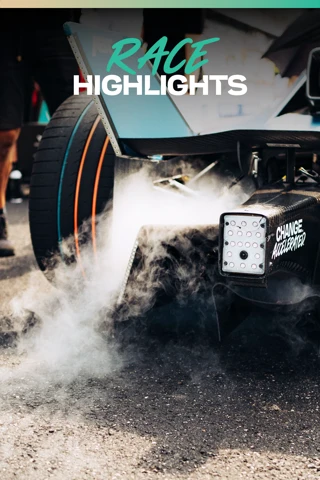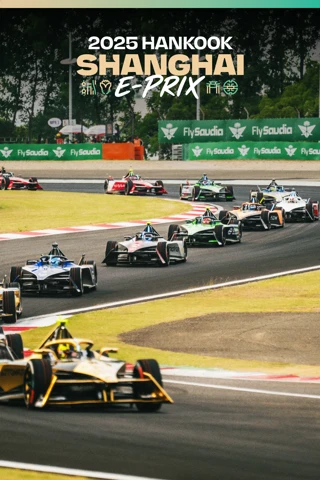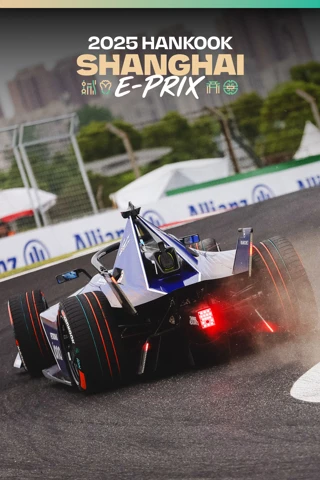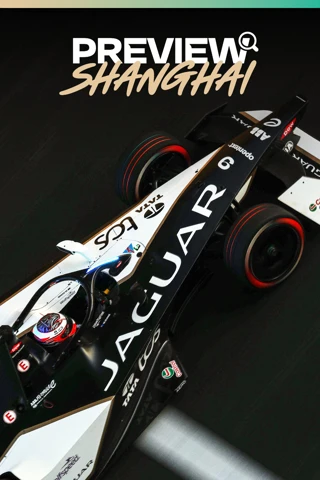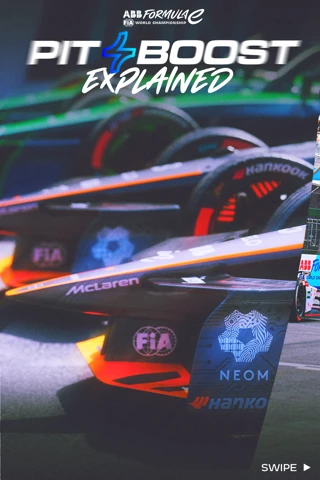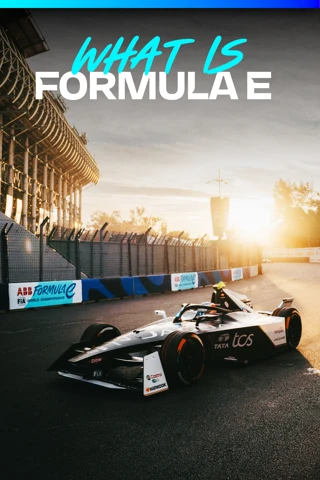Discover more
Nissan's best known in the contemporary EV world for the creation of the Nissan LEAF and the upcoming Nissan Ariya, but the Japanese manufacturer's journey into electric vehicles started decades ago. So, let’s take a look back at Nissan's electric history.
After World War II, the Japanese government encouraged its manufacturers and engineers to design and build EVs, as the country was short on supply of fuels for traditional combustion-engined vehicles. One of the companies that headed the way was Tama Cars Co. - born out of a switch from wartime fighter plane manufacture, as Tachikawa Aircraft, into peacetime industry.
In 1947, the company - which later became a part of Nissan - devised the innovative Tama, which scooped top honours in industry awards of the time with its unique rolling battery compartments meaning it could keep moving with a swap of its lead-acid packs.
It managed a top speed of about 22mph (34km/h) with a range of 40 miles or 65km and was available as a small two-door, four-seater car named the Tama Junior (above), a small pickup truck and two years later as a larger five-seater model called the Tama Senior.
The car was way ahead of its time and set the bar high as the first effort of many along the way to today's industry-leading LEAF. It made for a perfect taxi and city EV of the era, with plenty of range for many people's daily driving needs as well as the flexibility of being able to quickly and easily plug in a new rechargable battery for extended journeys.
Nissan kicked off the 1970s by unveiling its vision of the future for electric city mobility at the 17th Tokyo Motor Show - the 315X concept car (below). It was never put into production but it was quickly followed by the company's first electric commercial vehicle - the lead-acid battery, DC motor-powered EV4-P.
Unveiled in 1972, it became the forbearer of Nissan's commercial EVs like the E-NV200 van which was launched in 2014 and is a mainstay of its fleet today, with a 273km (169-mile) range. Similarly, the 315X would spawn a number of successors as the Japanese manufacturer looked to hone its commuter car vision.
Further key moments in their electric journey followed in the 1980s, starting in '83 with the March EV. The March was a pioneer as the first experimental EV that used an induction motor. Nissan also created vehicles for use in resorts and hotels before joining forces with four other Japanese manufacturers to create an all-electric garbage truck used mainly by the Yokohama City Government.
In today's world, public service vehicles like garbage trucks will increasingly need to become electrified and are becoming more commonplace, so we can take confidence in their feasibility knowing that Nissan were putting them to work almost four decades ago!
The 1990’s saw a handful of electric concepts showcased by Nissan and in '96 the world’s first EV equipped with lithium-ion batteries, the Prairie Joy EV. Limited to only 30 fleet units, it served as a flawless support vehicle for the Japanese North Pole Exploratory Team proving the stability and durability of Lithium-ion batteries under extreme conditions, something that became essential in the development of modern EVs.
The turn of the millennium saw Nissan dive even deeper into EVs through a combination of concepts that looked towards the future of urban transportation, and releases that would change the game forever.
We were introduced to models like the Nissan Pivo and Pivo 2 in 2005 and 2007, commuter cars capable of rotating 360 degrees. The Mixim concept also in 2007, was created with gamers in mind with a central seating position and video-game-like controls and interface.
These concepts led up to the introduction of the hugely successful Nissan LEAF in 2010, the car that would go on to be showered in awards like the 2010 Green Car Vision, 2011 European Car of the Year and the 2011 World Car of the Year.
The decade that followed brought a number of developments to the hugely-popular LEAF, now the world’s best-selling EV of all time, increasing it’s battery size and range, with the most recent re-designed LEAF e+ (below) released in 2019 capable of up to 384km (289 miles) between charges, it sets the standard for mainstream electric cars. In ten years of the LEAF, Nissan has produced some 500,000 of them!
In 2018, Nissan set its sights on electric racing to showcase that EV’s mean performance and excitement. Taking over from alliance partner Renault to carry on the e.dams legacy in Formula E, it didn’t take long for Nissan to impart their electric wisdom and developments into the team.
Nissan's one-lap pace was difficult to beat right away, with 16 Super Pole appearances and six Julius Baer Pole Positions from drivers Sebastien Buemi and Oliver Rowland, as well as a first win in New York City on the way to ending its debut season with driver Buemi runner-up in the Drivers’ Championship.
The success continued into Season 6, with five podiums and a win in the penultimate race in Berlin earning them second spot in the Teams’ Championship.
Nissan’s EV experience has seen the auto maker develop a super-competitive racing powertrain in Formula E, and in-turn, those on-track learnings will start to shape the company's next generation of EVs to hit the road - starting with the next milestone EV, due to go on sale in 2021, the Nissan Ariya electric SUV.
READ MORE: Concept to Reality: The Nissan Ariya
The Ariya (below) sports bold styling and will be sold in a number of variants, including a single motor front-wheel and twin-motor all-wheel drive with a choice of a 63 or a 87kWh battery and ranges of up to 482km (300 miles).
The twin-motor powertrain utilises Nissan’s new e-4ORCE four-wheel drive system, which it calls the “spiritual offspring” of the system used in the barnstorming Nissan GT-R. The range topping e-4ORCE performance model will produce 389bhp and cover 0-62mph (0-100kph) in a claimed 5.1 seconds.
The hype is real with the Ariya and Nissan’s future manufacturing electric vehicles given its 70-year, pioneering past.




























